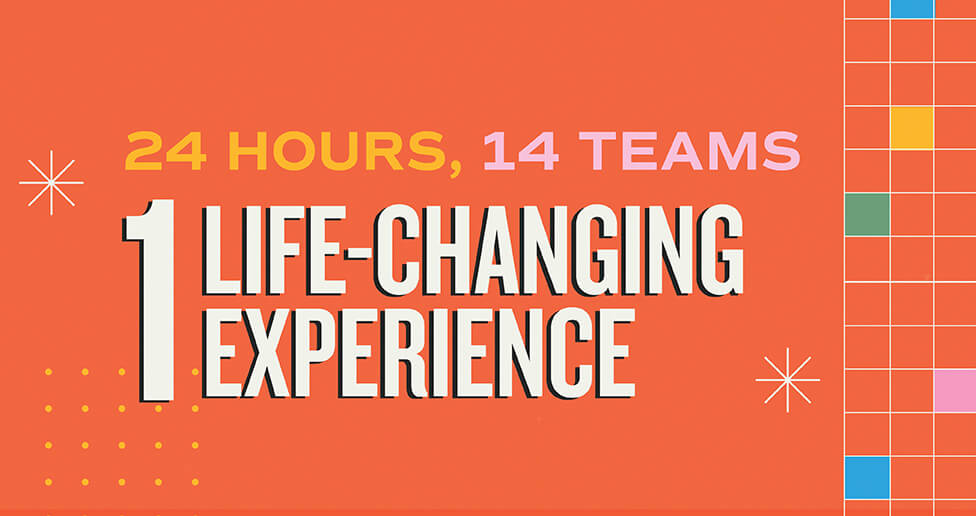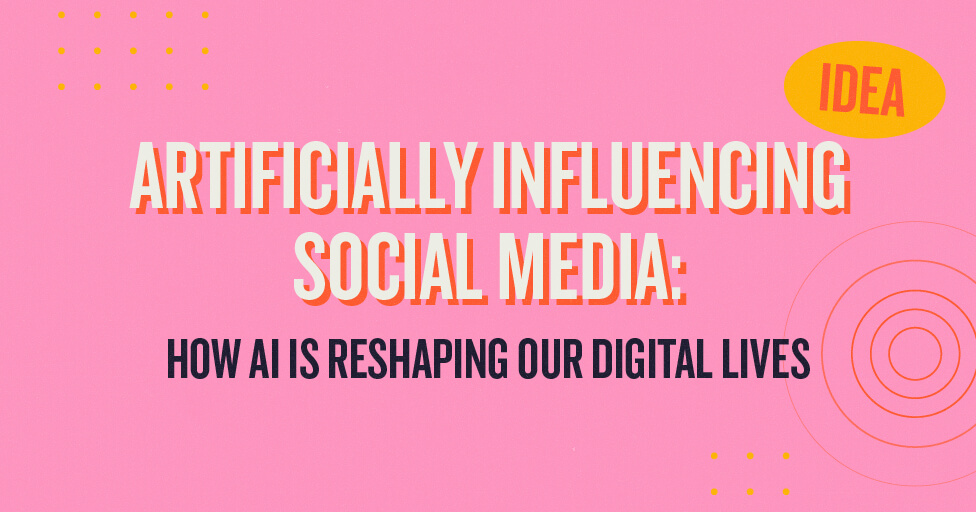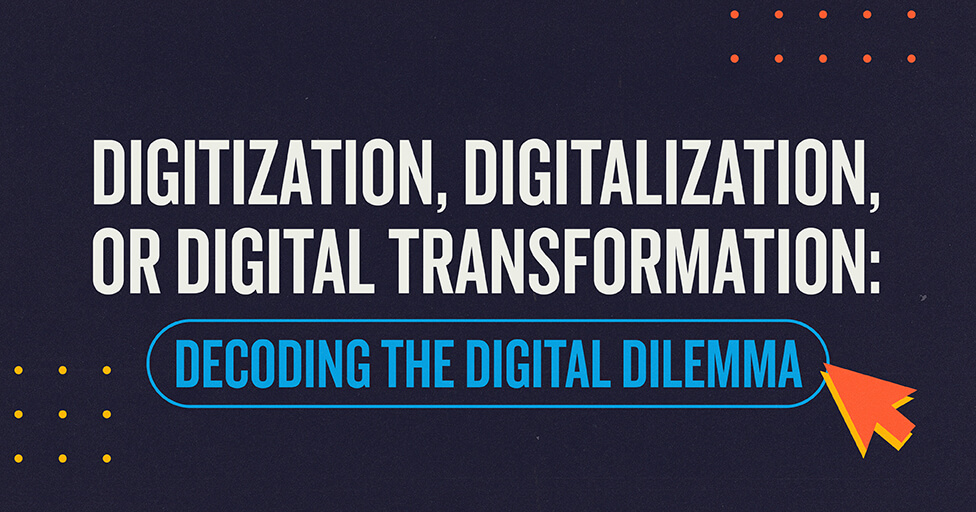
Forty-seven times a day. That’s how often an average person checks their smartphone (according to a 2016 Deloitte study). And eMarketer says audiences will spend over three hours each day on their smartphones this year… that’s a lot of Facebook posting, email checking and app downloading.
Smartphones have truly become an indispensible part of life. We use our phones when we wake up (is this the first thing you do in the morning? If yes, you’re not alone), while we watch TV, while eating at a restaurant and even when crossing the street. And the number one activity where we use our phones? Shopping.
From coupons to grocery lists and in-depth product details, this constant access to what we want, where we want to go and what we want to buy is changing the way consumers shop for everything – including CPG products.
In fact, 85% of smartphone owners have reported using their smartphone on a shopping trip. According to a recent Nielsen study, more than half of respondents say they use their mobile device when shopping to compare prices (53%) or look up product information (52%). More than four in 10 respondents use their device to look for coupons or deals (44%), make better shopping decisions (42%) or make shopping trips quicker or more efficient (41%).
This constant access to and desire for information creates a series of touch points – and for CPG brands to be effective and relevant – they must insert themselves into the mobile conversation – before, during and after the point of purchase. Here are three ways CPG brands can leverage these frequent mobile moments to impact purchase decisions.
1. Mobile Coupons & Loyalty Programs
There’s no denying, coupons can be a solid tactic to generate product trial – 87% of shoppers are influenced by coupons to try a new product (Valassis). Delivering a coupon via a mobile device while someone is preparing for a trip to the store – or even in the aisle – is an effective method for CPG brands to deliver bottom of the funnel messaging that pushes consumers to product purchase.
Consumers are turning to mobile before and during their shopping trips, with 42% of them typically using their mobile device to locate coupons. And according to an Industry Trends report, coupons drive consumers to buy more, resulting in a 26% increase in the basket size.
Mobile coupons are not the only method to access promotions and deals. A number of apps are fueling similar consumer behavior. These options include:
Rebate Apps:
Apps like Ibotta or Checkout51 are catching on in popularity and allow consumers to make a purchase and then get cash back on items they have purchased. Retailers are even entering the space with apps such as Cartwheel from Target.
These apps can be leveraged by brands to drive product purchase – and allow CPG brands to avoid true coupon redemption or discounting in the aisle.
Mobile Loyalty Programs:
Loyalty programs are designed to drive frequency and engage customers. And many of these loyalty programs – especially in the grocery space – are turning to mobile to stay connected. Kroger, Wegmans, Safeway, Giant Eagle and others have apps that allow users to download digital coupons, view weekly ads, make grocery lists and stay connected and up to date.
Ensuring that existing promotions and coupons are included in these apps allow additional opportunities to drive CPG product purchase.
2. Location-Based Targeting
The US consumer packaged goods (CPG) and consumer products industry will spend $2.33 billion on mobile advertising this year, representing 47% of digital ad spending in the industry, eMarketer estimates.
Mobile display and in-app ads can truly move the needle for CPG brands – and at MBB Agency, we have historically seen higher click-through rates on mobile for our CPG accounts. In fact, a recent research study by Catalina show that CPG brand mobile ad campaigns generated an average of half a million dollars in in-store sales. And if those ads included a promotion or coupon, that number more than doubled to an average of $933,000 when compared to branding-focused campaigns.
Mobile ads aren’t just about branding, coupon delivery or targeting a consumer in a specific area – although that can be useful in driving consumer traffic in-store for product purchase. A consumer’s mobile device gives advertisers (and CPG brands) deep insights into the lives of their target audience –where people live and work, which retailers they visit and brand affinity.
And in turn, mobile ads give advertisers the ability to leverage these rich data points to identify the right audience – at the right time. And in turn, create a more relevant connection in order to drive action – whether it’s coupon download, video consumption, store visit or other desired activity.
3. Mobile Email & Content
Some of the top activities on a mobile device while getting ready for a shopping trip include researching brand/product info (37%), browsing recipes (35%) and watching product videos (28%). Because consumers are spending so much time on their mobile phones, looking for and digesting brand content, it is imperative that what they interact with is optimized for a mobile experience – and this means designing for mobile first (vs. as an afterthought).
Mobile-first design impacts email performance as well. Experian Marketing Services analyzed emails sent by CPG clients and found that 43% were opened on mobile phones and e-readers – equal to that on desktop. Further results highlighted the importance of responsive email design leading to higher open and engagement rates.
Why does it matter? Because businesses with better mobile sites have up to 140% more conversions compared to those with poor mobile sites.
To hear more about how MBB Agency can develop a mobile strategy to create action for your brand, give us a shout.
Subscribe to our newsletter
Get our insights and perspectives delivered to your inbox.


